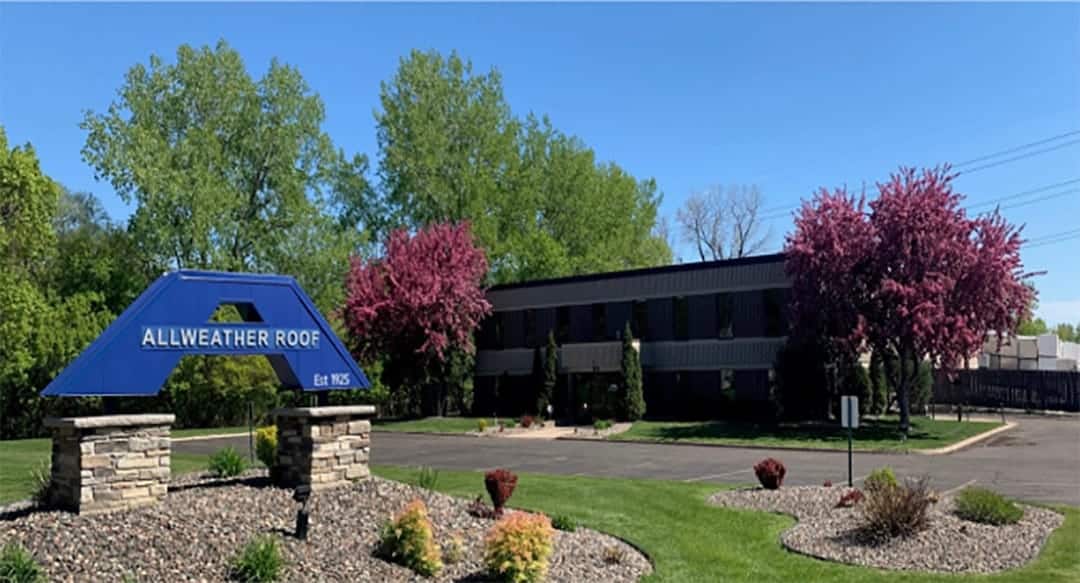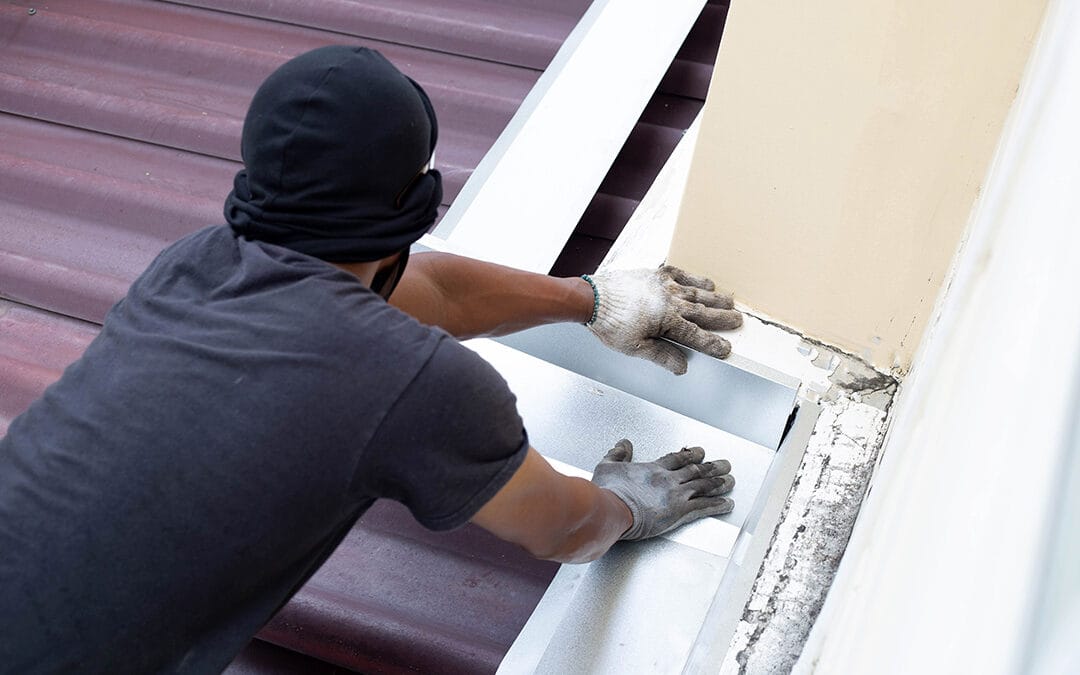Commercial roofs are an essential part of any building, protecting it from the elements and helping maintain energy efficiency. Common problems with commercial roofs can include leaks, poor installation, and lack of maintenance. These issues can lead to damage and costly repairs, making it crucial for building owners to be aware of potential problems.
Environmental factors like heavy rain, snow, and strong winds can exacerbate these commercial roofing problems. Understanding these challenges helps us choose the right materials and strategies to extend the life of our roofs. Staying informed about these issues is the first step in preventing them from turning into expensive repairs or replacements.
By focusing on regular maintenance and addressing issues promptly, we can ensure that our roofs remain in good condition. Reading on, you will learn about specific problems and solutions for maintaining the integrity of your commercial roof.
Key Takeaways
- Leaks, poor installation, and lack of maintenance are common issues.
- Environmental conditions significantly impact roof performance.
- Regular maintenance helps prolong roof lifespan.
Overview of Commercial Roofing Systems
Commercial roofing comes in various forms, each with its own benefits and drawbacks. We’ll explore flat, metal, and membrane roofs, offering insights into their construction, usage, and common issues.
Flat Roofs
Flat roofs are one of the most prevalent choices for commercial buildings. They are easier to install and maintain compared to sloped roofs. They also provide extra space for HVAC systems or even rooftop solar panels.
These roofs are typically built using materials like asphalt, PVC, or TPO. Water drainage can be a concern, as flat roofs may accumulate water. Proper slope design and drainage systems help prevent water pooling and leaks.
Regular maintenance is crucial. We should check for cracks and punctures regularly. This helps avoid leaks that could damage the building’s interior. Flat roofs usually have a shorter lifespan than pitched roofs but compensating with regular maintenance can extend their durability.
Metal Roofs
Metal roofing is known for its strength and longevity, often lasting 40 years or more. Made from materials like steel or aluminum, these roofs can withstand extreme weather conditions. They’re also energy efficient, reflecting sunlight and reducing cooling costs.
Corrosion can be a concern, especially in areas with high humidity or salt in the air. Regular cleaning and protective coatings help mitigate this risk. Metal roofs may also be noisier during rain or hail, but insulation layers can help reduce this sound.
Installation should be handled by professionals to ensure proper sealing and attachment. This minimizes risks of leaks and blow-offs during wind storms. The initial cost might be higher, but long-term benefits often outweigh the expense.
Membrane Roofs
Membrane roofs are increasingly popular for commercial applications. They consist of rubber, thermoplastic, or modified bitumen materials. Easy to install and repair, these roofs are lightweight and flexible, accommodating structural shifts.
Leaks and punctures are potential challenges. Regular inspections and prompt repairs are essential to maintaining the roof’s integrity. Membrane roofs are resistant to UV rays, but degradation over time can occur, necessitating protective coatings.
Different varieties, such as EPDM and TPO, offer options based on building needs. We should consider climate, budget, and long-term maintenance when choosing this roofing system. Proper insulation is also crucial for minimizing energy loss.
Common Problems with Commercial Roofs
Commercial roofs face a range of issues that can lead to significant damage over time. Our focus includes preventing leaks, ensuring proper installation, conducting routine maintenance, and addressing temperature changes.
Leaks and Moisture
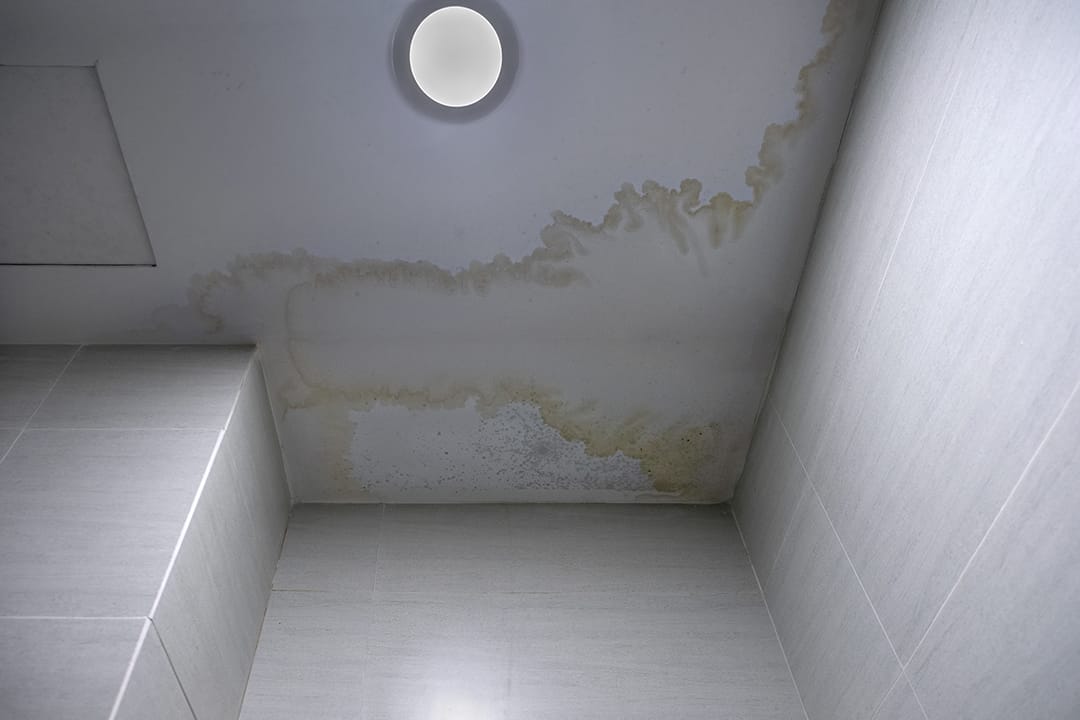
Leaks are a frequent issue with commercial roofs. Moisture can seep through damaged flashing or punctures.
Water pooling is a major concern, often resulting from poor drainage systems. Standing water can weaken roofing materials over time.
Condensation can form under the roof membrane, causing mold and rot. Regular inspections help spot early signs of leaks, preventing severe damage. Addressing leaks promptly is crucial.
Faulty Installation
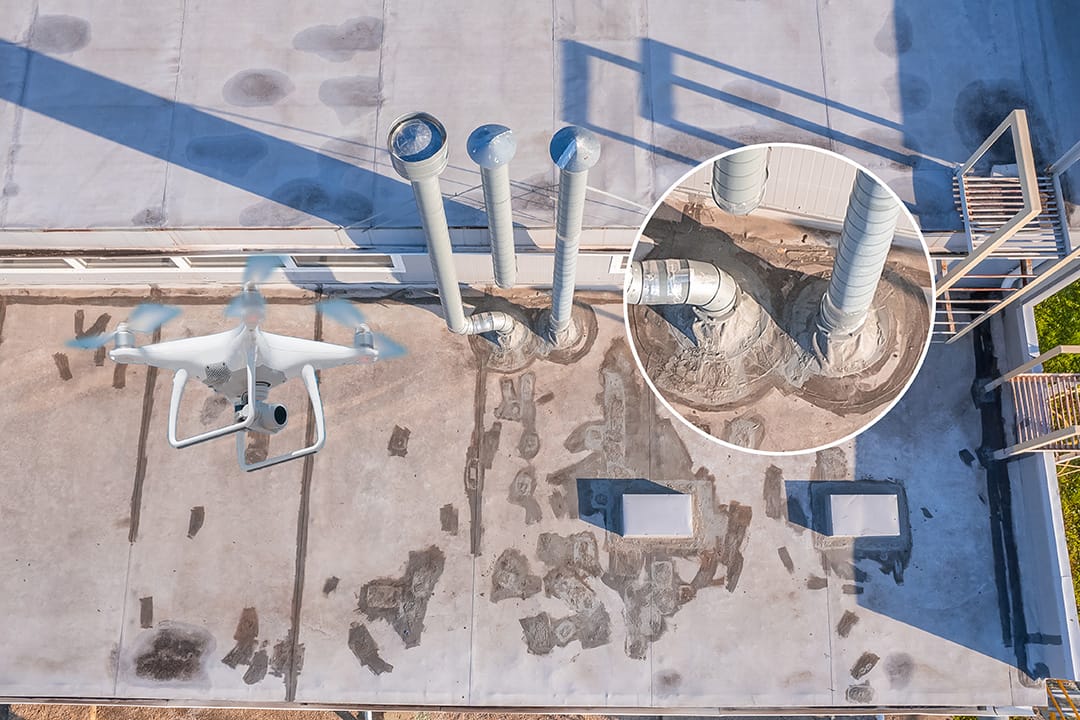
Poor installation is a leading cause of roofing problems. Substandard workmanship can lead to weak spots that allow water penetration.
Misaligned or improperly sealed materials often result in early wear and tear. Ensuring that qualified professionals install the roof is vital for long-term reliability.
We should prioritize working with experienced contractors, since their expertise can prevent many issues.
Insufficient Maintenance
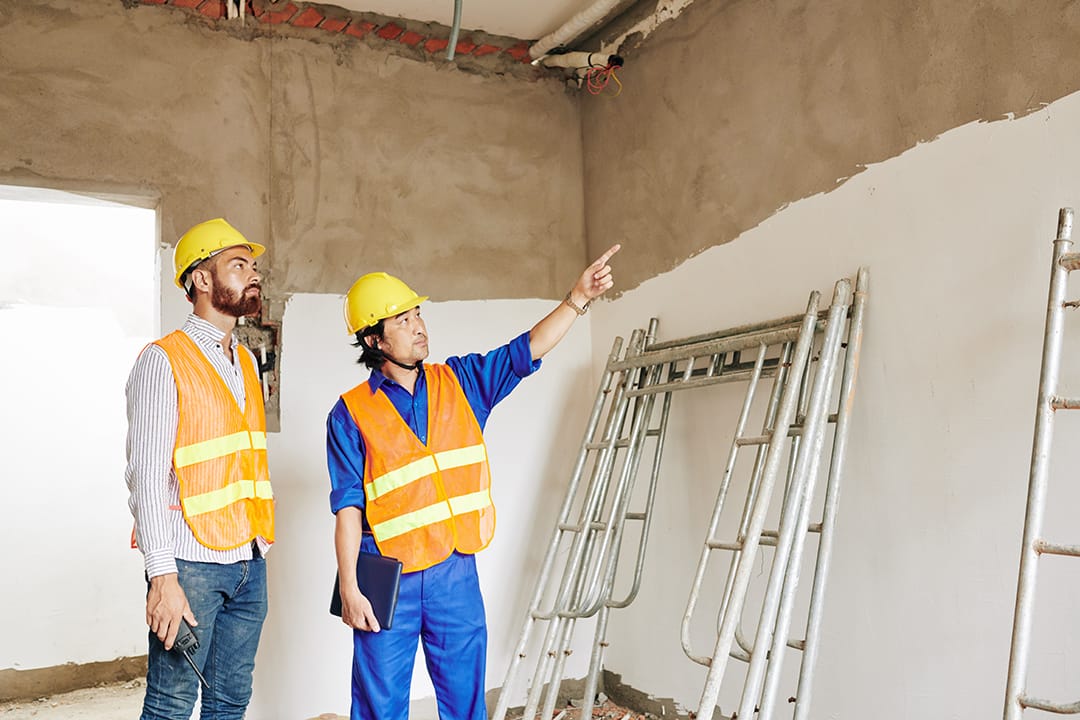
Routine maintenance is critical for roof longevity. Without it, small problems can grow into major repairs.
Inspecting for damage, cleaning debris, and checking seals can prevent many issues. Neglect often leads to costly repairs that could have been avoided.
Scheduling regular inspections ensures the roof remains in good condition. This proactive approach can save money and extend the roof’s lifespan.
Thermal Roof Expansion and Contraction
Temperature changes cause roofing materials to expand and contract. This movement can create gaps, leading to leaks or lifting of roofing elements.
Materials that experience frequent expansion can crack or warp. Paying attention to thermal stresses can prevent structural damage.
Using materials designed for thermal flexibility helps reduce these risks and ensures the roof adapts to varying temperatures.
Impact of Environmental Factors
Commercial roofs face various challenges due to environmental conditions. Factors like UV exposure, strong winds, storms, and standing water can cause significant damage over time. Understanding these elements helps us maintain and protect our investments.
UV Damage
Ultraviolet (UV) rays from the sun can harm roofing materials. Prolonged exposure causes them to crack and blister, shortening their lifespan. Materials such as asphalt are particularly vulnerable to UV damage. They can become brittle and lose flexibility, leading to leaks.
Reflective coatings can help combat UV damage. These coatings reduce heat absorption and protect the roof from harsh sun rays. By monitoring our roof’s condition and performing regular maintenance, we can address any early signs of UV-related wear and tear.
Wind and Storm Damage
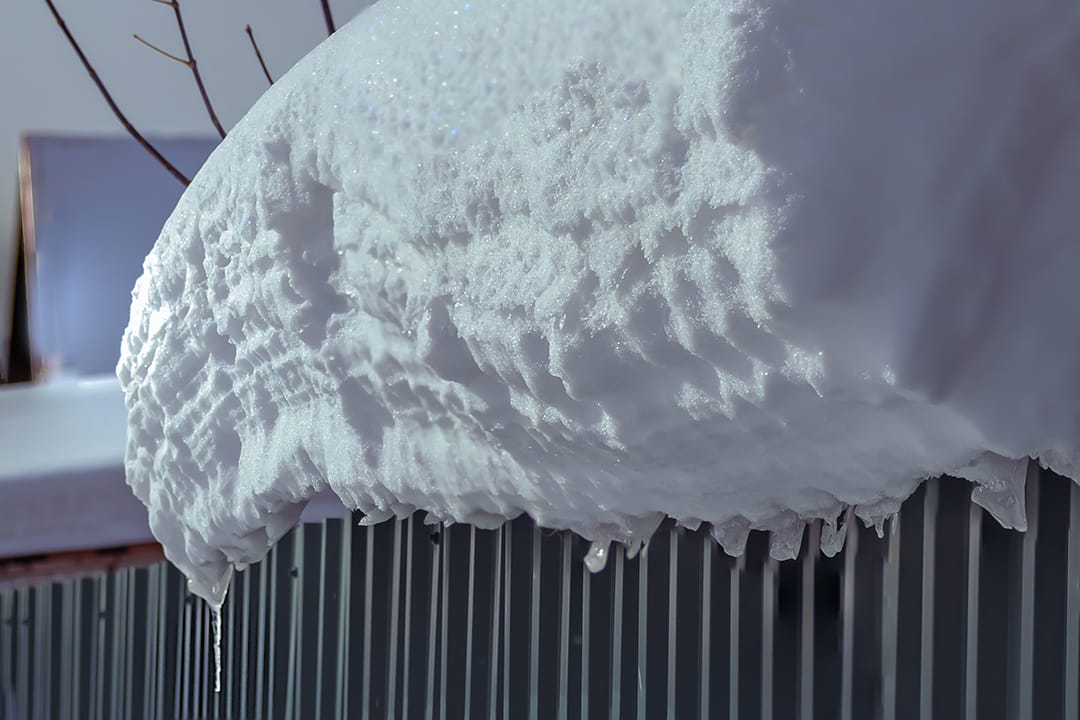
Wind and storm damage pose serious risks to commercial roofs. High winds during storms can tear away roofing materials and damage flashing. This impacts the roof’s ability to protect the building. The risk increases in areas prone to severe weather and during storm seasons.
We must ensure that our roofs are securely fastened and that all materials are in good condition. Regular inspections can help identify and reinforce weak spots. Installing wind-resistant materials can also enhance the roof’s durability against extreme weather conditions.
Ponding Water
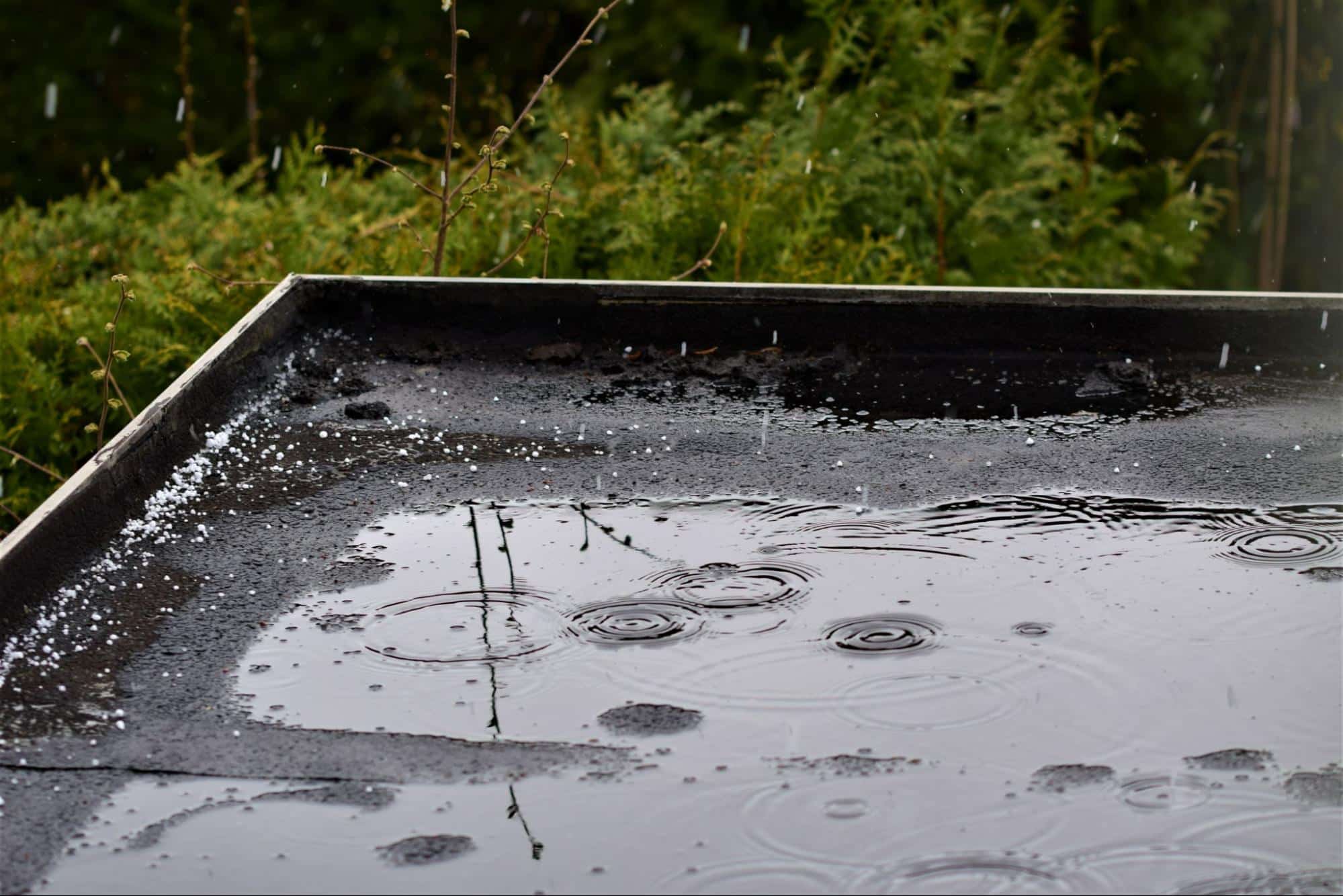
Ponding water occurs when water collects and remains on a flat roof after heavy rain. If not drained properly, this can lead to leaks and structural damage. Over time, the stagnant water can cause roofing materials to deteriorate and weaken.
To prevent ponding, we should ensure proper drainage systems are in place. Sloping or installing roof drains can help guide water away effectively. Routine checks are essential to confirm these systems are functioning correctly and to address any blockages that may occur.
Strategies for Roof Longevity
To ensure that commercial roofs last longer, we need to focus on regular inspections, timely repairs, and using quality materials. These strategies can help prevent common problems and save costs over time.
Regular Inspections and Maintenance
We should schedule roof inspections at least twice a year, ideally in spring and late autumn. Regular check-ups can help us spot issues before they become serious. Our inspections should include checking for leaks, cracks, and weak spots.
Maintenance isn’t just about spotting issues; it also involves cleaning the roof. Removing debris like leaves and branches can prevent water buildup. Water ponding can damage roofing materials if allowed to sit for long periods. Keeping drainage systems, such as gutters and downspouts, clear is also crucial for avoiding water damage.
Prompt Repairs
Addressing roof problems quickly is key to extending its life. When we identify leaks or cracks, immediate repairs prevent further damage. Small issues can escalate if not attended to, leading to costly fixes.
Effective repair means using appropriate materials and techniques. For example, we might use roof coating to seal minor leaks or cracks. It’s important to hire skilled professionals for these tasks to ensure that the repairs are done correctly. Rushed or substandard repairs can lead to more serious problems in the future, necessitating even more work.
Quality Roofing Materials
The materials we choose at installation or during repairs greatly affect the lifespan of a roof. Opting for high-quality materials can make a significant difference in durability and performance. Investing in top-grade shingles, membranes, and coatings reduces the risk of damage from weather conditions.
We must consider the specific environment when selecting materials. For example, materials that can withstand high winds and heavy rains are vital in places with harsh weather. Properly chosen materials enhance the roof’s resistance to potential problems like leaks and thermal cracking.
In addition to selecting quality materials, professional installation is essential. Ensuring that the roof is installed by experienced professionals can prevent premature roof failure due to improper layout and alignment.
Final Thoughts
If you are looking for a company to handle all your commercial roofing needs, you can count on Allweather Roof. As the best in the business, Allweather Roof ensures your roof remains in top condition, protecting your investment and maintaining energy efficiency. Trust Allweather Roof for all your commercial roofing needs and experience the best in the industry.
Frequently Asked Questions
We often encounter issues with commercial roofs such as leaks, poor installation, and weather damage. Regular maintenance plays a crucial role in extending the life of these structures.
What are the typical causes of leaks in commercial roofing systems?
Leaks in commercial roofs usually come from cracks, damaged flashing, or punctures. These issues allow water to seep through, leading to potential damage inside the building.
How can poor installation impact the durability of commercial roofs?
Poor installation may cause gaps and weak spots in the roofing. This can lead to premature wear and tear, reducing the overall lifespan and effectiveness of the roof.
What maintenance practices extend the lifespan of a commercial roof?
Conducting regular inspections and addressing minor issues promptly are vital in maintaining a commercial roof. Ensuring gutters and drains are clear can also prevent water buildup.
How does ponding water affect the integrity of a commercial roofing structure?
Ponding water places extra weight and stress on the roof, potentially weakening the structure over time. It might lead to sagging or, in severe cases, cause sections of the roof to collapse.
Can severe weather conditions significantly damage commercial roofing materials?
Severe weather, like strong winds and hail, can cause direct damage to roofing materials by tearing or puncturing them. Repeated exposure to harsh conditions can wear down materials over time.
What are the signs that indicate a commercial roof needs repair or replacement?
Signs of needed repair include water stains, visible cracks, and missing roof segments. If the roof frequently leaks or experiences multiple issues, replacement might be necessary for long-term reliability.
